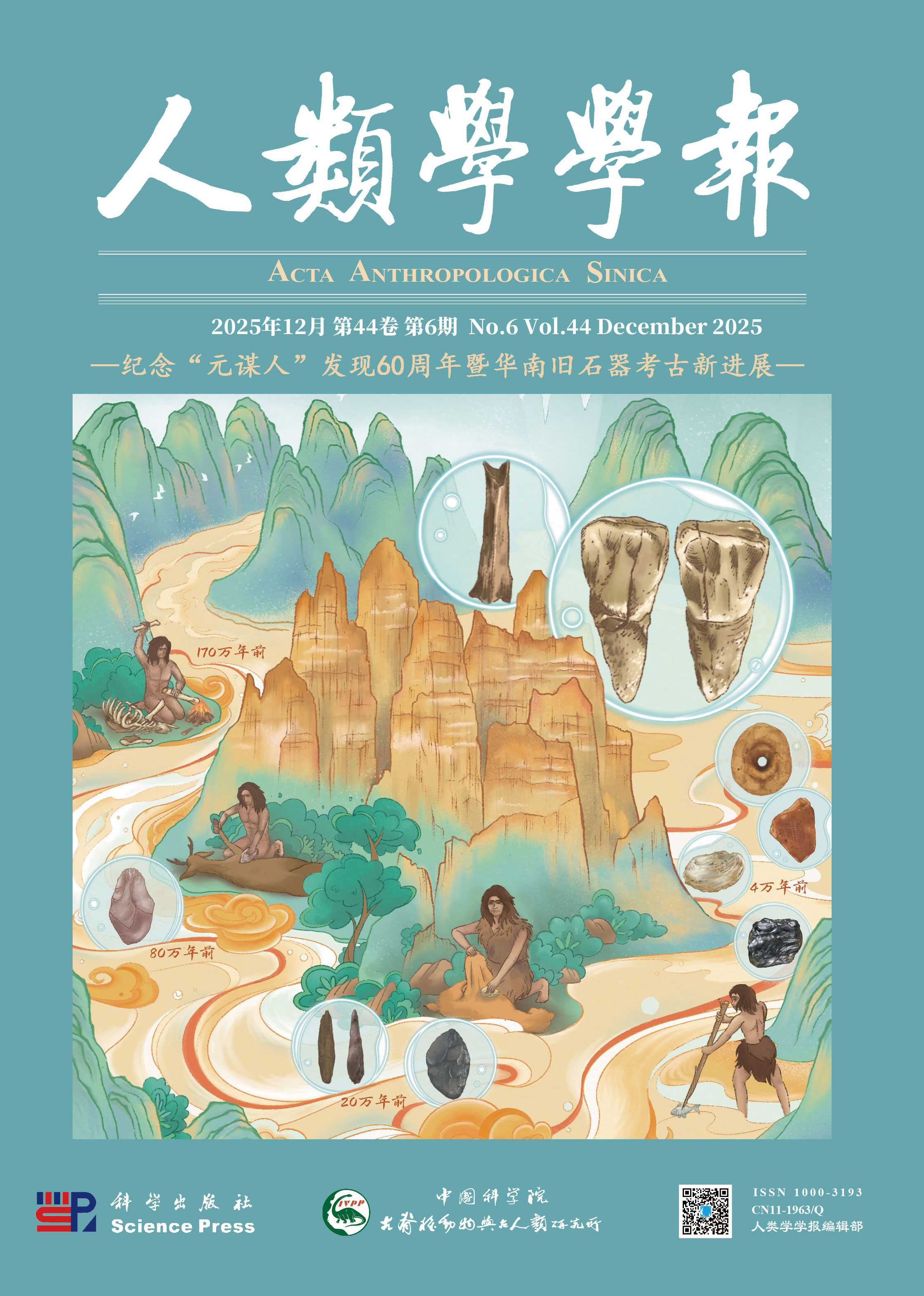In 1960, three Late Pleistocene human partial femora were discovered in Lijiang city, Yunnan province, southwestern China. According to the stratigraphic comparison, only one femur, PA108 could be attributed to Late Pleistocene. Compared with the detailed morphological study of human cranium remain from Lijiang, the femoral fragments have only been reported without detailed study or comparative analysis. Given the scarcity of lower limb bone fossils of Late Pleistocene humans from East Asia, a more detailed report of the partial femora from Lijiang is warranted. Here, we provide a description to supplement the initial report and comparative assessment of the Lijiang PA108 femoral internal and external morphology. Specifically, we analyze diaphyseal structure of PA108 using micro-computed tomography coupled with methods of cross-sectional geometry, geometric morphemtrics, and morphometric mapping. Cross-sectional properties, diaphyseal shapes, and cortical bone thickness distributions of PA108 are compared to those of other Pleistocene hominins. The PA108 was found to be most similar to those of Late Pleistocene modern humans in descriptive morphology with well-developed pilaster, cross-sectional contour shape of midshaft and cortical bone distribution pattern, and distinct from earlier Homo. This similarity provides reliable support for attributing the Lijiang femur PA108 to Homo sapiens. The particularity of PA108 is the cortical bone thickening at medial and lateral aspects mid-proximally compared to Neandertals and other early modern humans, which should be correlated with its weakly developed linea aspera. The prominent femoral pilaster on linea aspera and maximal cortical thickness posteriorly around the region of midshaftof Lijiang femur PA108 is similar to other Late Pleistocene modern humans from East Asia. However, there are still some morphological difference between PA108 and Late Pleistocene modern humans from East Asia, as showin in 1) the more round shape of PA108 midshaft cross-section; 2) the thickness difference between medial, lateral and posterior aspects is smaller in PA108. Those morphological variations of PA108 should be also related to its weakly developed linea aspea. Lijiang femur PA108 exhibits morphological variation compared to other early modern humans from mainland of East Asia, which expands the record of morphological diversity of East Asia modern humans at Late Pleistocene. In addition, it is worth noting that the difference of cortical thickness between Neandertals and early modern humans should be focused on the distribution of maximal thickness around the area of femoral middle diaphysis, considering the developed linea aspera and pilaster of modern humans posteriorly.









